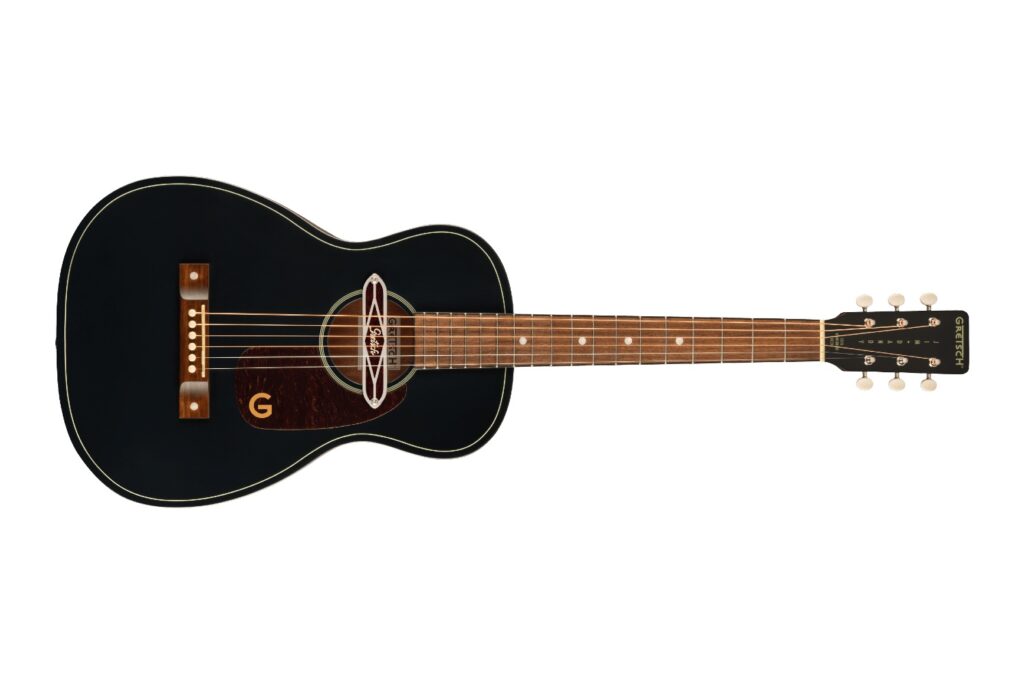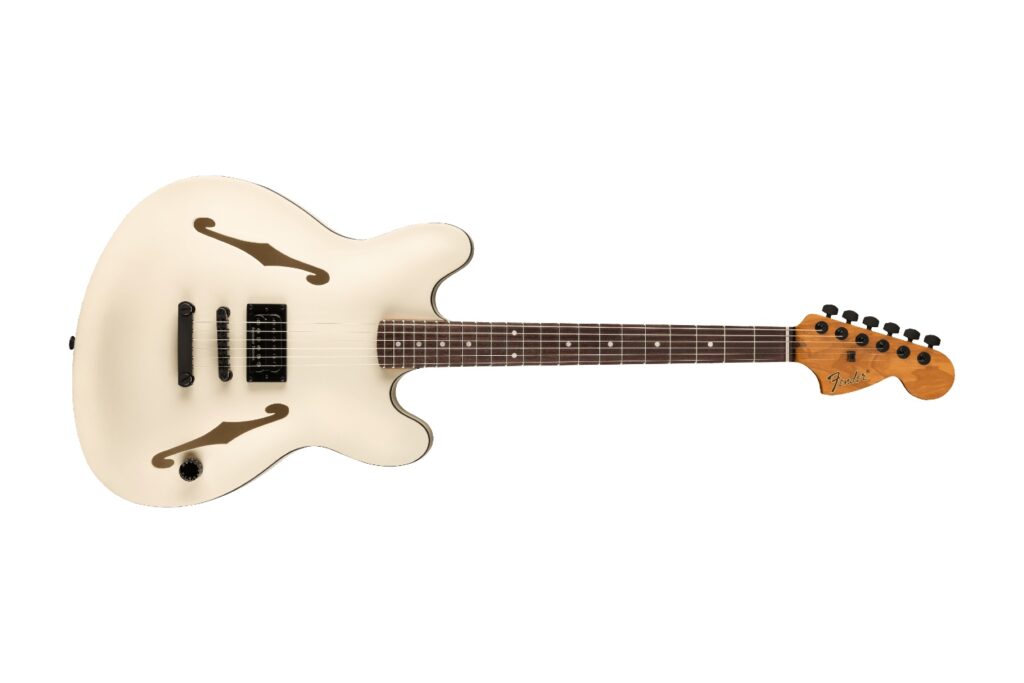Sounds Particles | Enquire for pricing
With CGI animation, interactive VR/game design and fold-down 3D immersive sound going through something of a golden age at the moment, it should come as no surprise that we are seeing some incredible products popping up centred around this incredibly fertile growth area.
On top of this, we are also seeing a lot in the way of cross-pollination between what has traditionally been quite diasporic disciplines. Music is being specifically recorded with immersive in mind, gaming soundtracks are becoming increasingly interactive, integrating various VR principles into their playback and end user experience, forever blurring the lines between soundtrack and gameplay, music, and storytelling devices.
Catch up on all the latest music gear reviews here.
But of all these areas of growth and blue sky innovation, it is perhaps sound design or more specifically, sound design for the immersive environment that is providing the most exciting forum these days, especially for us engineers.
At the forefront of this groundbreaking new tech is Portuguese developer Sound Particles and their awesome software of the same name.
For those of you not familiar with visual effect terminology, ‘particle systems’ are a computer graphics technique first popularised in films like Star Trek II, but which have since evolved to encapsulate so much of what we see in CGI animation and visual effects, especially in regards to organic movement and the depiction of real world physics and cluster formations in the digital domain. If that sounds complex, it shouldn’t. Particle systems are found in almost every kind of CGI production, providing the heavy lifting on such ‘randomised’ earthly events like fire, meteor showers, falling rain, smoke, schools of fish, you name it.
Sound Particles successfully translates these same visual workflows, taking them from their CGI homebase and transplanting them into the cutting-edge world of immersive 3D sound design and the results are simply out of this world.
To put it bluntly, Sound Particles is an immersive audio software quite unlike anything we’ve really encountered in the broader studio/audio space before. The GUI bears a passing resemblance to some other object-based immersive platforms but unlike these other immersive tools that primarily deal in 3D panning alone, the implementation of advanced particle systems in the audio domain means that Sound Particles can perform certain tasks that we just simply haven’t ever heard before.
Granular delays endlessly dissipate and dissolve in the immersive soundfield, with a cool unpredictability and a lushness that is both evocative and extremely cinematic. Pre-determined filter sweeps combine with some insane immersive panning and reverberation, serving as the perfect tool for world creation and atmospherics. It truly is something to witness and the possibilities are endless.
For anybody working in the film industry, Sound Particles’ basic Doppler effect alone is worth the price of entry. Being such a commonly used effect in the post space, it’s clear that a lot of care has been taken to ensure that Sound Particles’ Doppler is one of, if not the best sounding in the industry and I personally think they have nailed it.
It’s not just post-production types who can benefit from Sound Particles’ unique processing capabilities. Importing a simple stereo synth pad into the ‘Space Detuner’ template is a recipe for crazy textures and musical movement around the soundstage. The way in which modulations and short delays react with the chordal information and the kind of depth this is capable of producing is beyond remarkable, it’s literally something other wordly.
In terms of standard workflow, the templates are definitely a handy and liberating starting point, especially for a sound design program with this much power at its disposal.
Probably one of the biggest challenges with a product like Sound Particles is that for many people coming into it from a purely stereo background, it might take a bit of time to get your head around the smorgasbord or creative tools on offer here, especially if you haven’t put that much thought into the possibilities of immersive or progressive sound design. It can be hard to even know where to start. Thankfully though, the ability to demo different working templates and hear the way the sound was being altered across multiple axes served as an awesome primer for what was to come in the main program.
The visual monitoring found on Sound Particles is definitely an important factor in its ease of use, particularly in the way it depicts mics and particles in the immersive soundscape.
As anyone with any experience in foley or sound design in the open air will happily tell you, choices in microphone and their placement are absolutely crucial to proceedings in this kind of work and this same approach is accurately replicated in Sound Particles’ various mic options. With choices of omnidirectional, figure-of-eight, cardioid, hypercardioid for mono mics, and mid/side, XY, Blumlein, AB, ORTF and Decca Tree options available, each providing their own nuanced approach to spacing in and around the sound field. There is plenty on offer here and it is certainly a powerful parameter with which to play with,
The microphones play an important role in illustrating what could be a pretty complex visualisation otherwise. The minute you start thinking from the mic perspective, Sound Particles stops being at all daunting and starts really becoming a vehicle for creativity, as you plot your particles’ predetermined flight path, movement parameters and effects processing.
The audio engine and the sound quality of these rendered effects is undoubtedly pro quality, with an exceptionally guttural low end, perfect for the modern ‘depth charge’ school of post-production.
With so much innovation taking place in the gaming, CGI and immersive audio space it’s difficult to stand out, but what Sound Particles brings to the table is unlike anything else out there at the moment. Its unique approach to workflow and peerless audio engine combined with its ability to allow for endless experimentation and customisation makes it an incredibly powerful and forward-thinking tool for the modern sound designer.
Find out more at Sound Particles’ website.







